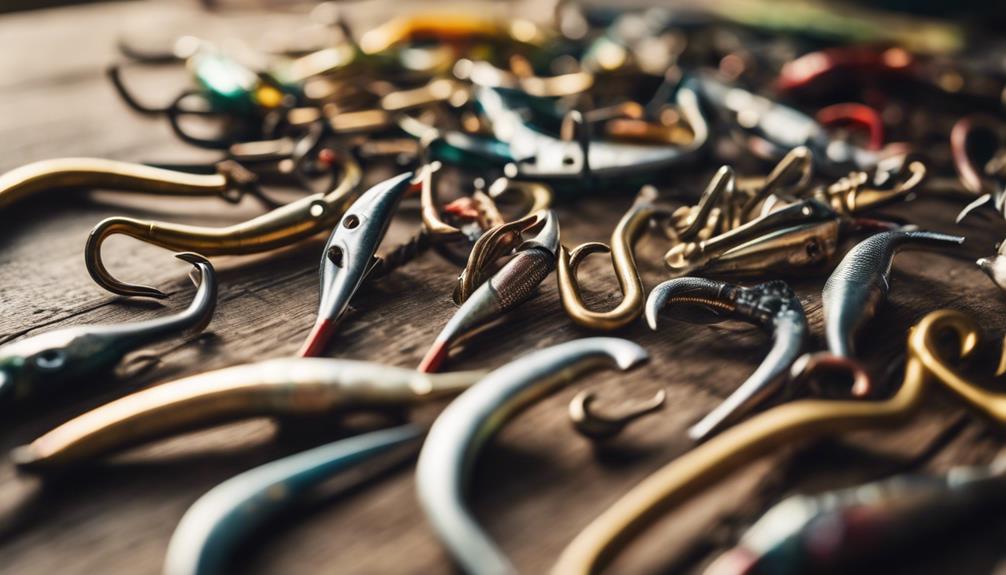What Are Fish Flies? Discovering the Basics
Fish flies, also known as mayflies, are a captivating group of insects belonging to the order Ephemeroptera. These delicate creatures are most commonly found near freshwater bodies such as rivers, lakes, and streams. Their life cycle is particularly intriguing, consisting of several stages: egg, nymph, and adult. The name “mayfly” originates from their adult emergence in late spring and early summer months. Fish flies are vital to aquatic ecosystems, serving as a food source for various fish species, birds, and other wildlife. Understanding the biology and behavior of fish flies is essential for anglers and nature enthusiasts alike, as their presence often indicates a healthy aquatic environment.
The Life Cycle of Fish Flies: A Closer Look
The life cycle of fish flies is a remarkable journey that showcases nature’s intricate design. Female fish flies lay thousands of eggs in freshwater, which hatch into nymphs. These nymphs can live underwater for several months to several years, depending on the species and environmental conditions. During this time, they undergo multiple molts, gradually growing in size. Once they reach maturity, fish fly nymphs ascend to the water’s surface and emerge into adults. This transformation, known as “emergence,” is a spectacular sight, attracting both fish and predators alike. Understanding the life cycle of fish flies can significantly enhance your fishing experience, as knowing when they hatch can lead to successful fishing expeditions.
Fish Flies and Their Role in the Ecosystem
Fish flies play a crucial role in maintaining the balance of aquatic ecosystems. As nymphs, they contribute to the diet of various fish species, including trout, bass, and panfish. The emergence of adult fish flies creates a feeding frenzy for these fish, who rely on them for protein and energy. Additionally, fish flies serve as indicators of water quality; their presence suggests a healthy, oxygen-rich environment. Conversely, a decline in their population can signal ecological issues, such as pollution or habitat degradation. This makes fish flies not only fascinating to observe but also essential for monitoring the health of aquatic ecosystems.
The Best Fishing Techniques for Targeting Fish Flies
When it comes to fishing for species that feed on fish flies, employing the right techniques can make all the difference. One of the most effective methods is to use dry flies that mimic the appearance of adult fish flies. Anglers should pay attention to the size, color, and behavior of the fish flies in the area to select the most appropriate fly patterns. Additionally, fishing during the early morning or late evening when fish flies are most active can increase your chances of success. Techniques such as “match the hatch,” where you imitate the natural behavior of fish flies, can lead to a bountiful catch. Understanding these techniques is vital for any angler looking to capitalize on the presence of fish flies in their fishing spots.
Choosing the Right Gear for Fish Fly Fishing
Selecting the appropriate gear is crucial for a successful day of fishing for species that feed on fish flies. Start with a lightweight rod and reel, ideally in the 3-5 weight range, which allows for better control and presentation of delicate flies. A floating line is essential for dry fly fishing, as it keeps your fly on the surface where fish flies are most accessible. Additionally, using fluorocarbon tippet material can help improve the presentation, making your fly less visible to fish. Lastly, always have a selection of fish fly patterns in various sizes and colors to adapt to changing conditions. The right gear enhances your fishing experience and increases your chances of landing that trophy fish.
Environmental Factors Affecting Fish Fly Populations
Several environmental factors can significantly impact fish fly populations and their life cycles. Water temperature, quality, and flow rate are key indicators of a healthy habitat for fish flies. Warmer water temperatures, for instance, can accelerate the growth of fish fly nymphs, leading to more frequent hatches. Conversely, pollution and habitat destruction can cause declines in fish fly populations, disrupting the entire food chain. Climate change also poses a threat, as changes in precipitation patterns and temperatures can affect their emergence schedules. Understanding these environmental factors is vital for conservation efforts and for anglers seeking to maintain sustainable fishing practices.
Conservation Efforts and Sustainability in Fish Fly Habitats
Conservation efforts aimed at preserving fish fly habitats are crucial for maintaining biodiversity and promoting sustainable fishing practices. Protecting freshwater ecosystems through initiatives such as riparian buffer zones, pollution control, and habitat restoration can greatly benefit fish fly populations. Additionally, educating the public about the importance of these insects can foster a sense of stewardship toward aquatic environments. Anglers can play a significant role in these efforts by practicing catch-and-release fishing, using environmentally friendly tackle, and staying informed about local regulations. By prioritizing conservation, we can ensure that future generations will continue to enjoy the fascinating world of fish flies and the ecosystems they inhabit.
Conclusion: Embracing the Wonders of Fish Flies
In conclusion, fish flies are an essential and fascinating component of aquatic ecosystems. Their unique life cycles, ecological roles, and significance to anglers make them worthy of admiration and study. By understanding their biology and the environmental factors affecting their populations, we can better appreciate the intricate balance of nature. Moreover, through conservation efforts and sustainable fishing practices, we can ensure that these remarkable insects continue to thrive. Whether you are an avid fisherman or a nature enthusiast, embracing the wonders of fish flies will enhance your connection to the natural world and promote the health of our planet’s waterways.
